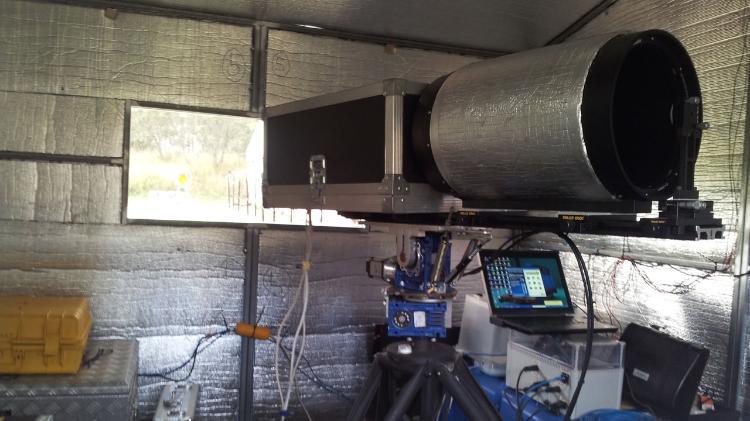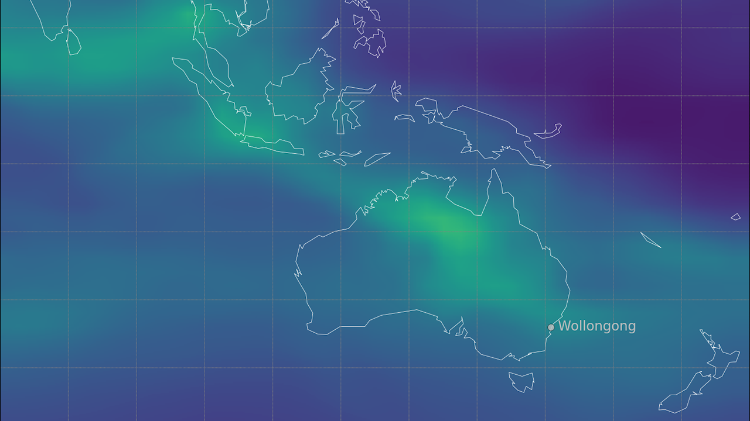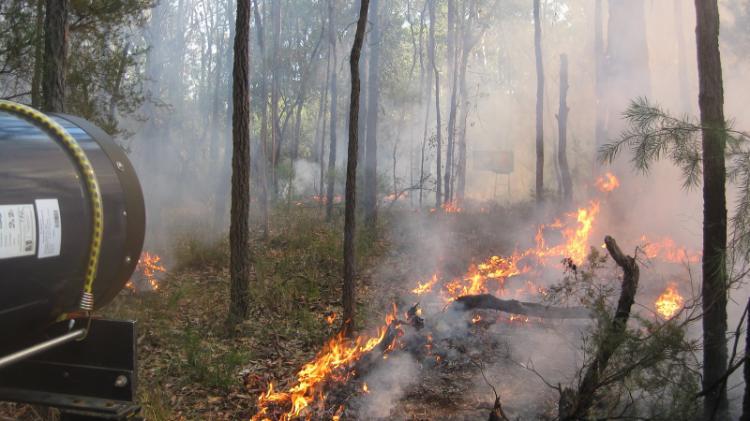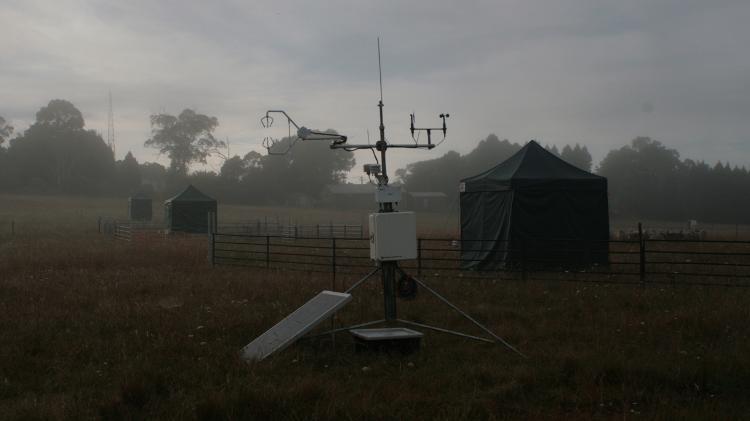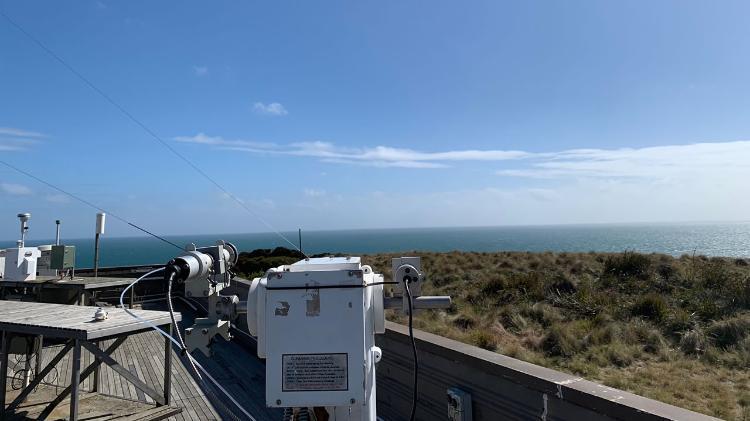Capabilities
- Solar FTIR Remote Sensing
- Solar UV/Vis Capabilities
- In Situ Analysis
- Open Path FTIR Spectrometer
- Chemical Transport Modeling
We operate two sites in the TCCON and NDACC networks at the university campus in Wollongong and at Darwin Airport. Each consists of a high resolution Fourier Transform Spectrometer for mid- and/or near-IR spectra (Bruker IFS125), including solar tracker coupled to FTS.
We also operate two portable low resolution solar spectrometers, with trackers, for mobile measurements of total column amounts of trace gases.
Contact: Prof David Griffith
We make spectrally resolved measurements of both global and direct beam irradiance in the visible and UV, as well as MAX-DOAS scattered light measurements.
Contact: A/Prof Stephen Wilson
Global UV measurements based on a scanning monochromator system located at Cape Grim have been operating since 2000. This system is being replaced by systems based on a small diode array spectrometer and filters developed primarily by the Bureau of Meteorology.
Over the past 10 years we have developed an FTIR-based trace gas analyser for high precision, high accuracy analysis of CO2, CH4, CO, N2O and d13C in CO2 in air. We operate several such instruments for clean and urban air monitoring and combined with auxiliary equipment for flux and exchange measurements:
- soil chambers
- micrometeorological equipment
- water equilibrator for flux measurements from water surfaces
- ozone, NOx analysers
The FTIR analyser has been commercialised and is available from Acoem Australasia.
CAC has developed an open path FTIR (OP-FTIR) spectrometer to measure gas emission rates from nearby sources. The OP-FTIR spectrometer measures the gas concentration in the atmosphere over an extended path, typically up to 130 m. While the instrument has been developed by CAC to measure agricultural emissions and fire emissions, the system can be used to measure the concentration of multiple infra-red active gases in the atmosphere including for example boundary emissions from industries and fugitive emissions from pipelines or gas and coal fields.
The heart of the OP-FTIR design is a Bruker infra-red spectrometer and a modified Schmidt-Cassegrain telescope which expands and projects the infra-red beam to a distant retro-reflector. The reflector returns the beam to a mechanically cooled MCT detector at the spectrometer. The instrument is mounted onto a heavy duty tripod via an Automated Instrument Mount (AIM) that allows the instrument’s orientation to be alternated between up to 6 reflectors. The system operates continuously under the control of software written by CAC. The concentration of the target gas is analysed in real-time using the MALT analysis program.
In typical operation of the OP-FTIR system, the measurement path is located downwind from the gas source, for example a fire or livestock, and perpendicular to the predominant wind direction, with the gas carried from the source into the measurement path by the wind.
Contacts: Dr Frances Phillips, Prof David Griffith
We use the GEOS-Chem global three-dimensional chemical transport model and the STILT particle dispersion model to interpret observations from a variety of platforms and better understand the chemical composition of the atmosphere, with particular focus on Australia and the Southern Hemisphere. For more information, see our Modelling and Analysis Research.
Contact: Dr Jenny Fisher
